SOCIAL INNOVATION
The Problem
The fashion industry has been plagued by both social and environmental issues, making it one of the most unsustainable industries globally.
On the social side, unethical labor practices, such as worker exploitation and poor working conditions, remain rampant, particularly in developing countries like the Philippines, where labor laws are weakly enforced. The fast fashion business model prioritizes profit over worker welfare, leading to the proliferation of sweatshops and forced labor, with workers receiving low wages and working under hazardous conditions.
On the environmental side, the fashion industry is a significant contributor to global pollution and waste. The industry is responsible for 10% of global carbon emissions and 20% of global wastewater, with the fast fashion model leading to overconsumption, textile waste, and environmental degradation. Today, the average consumer buys 60% more clothing than they did 15 years ago, keeping them for only half as long.
In the Philippines, textile waste is a significant issue, with the country generating 163 million kilos of textile waste annually, and only 3% of this waste being recycled. The lack of proper waste management and recycling infrastructure exacerbates this problem, leading to pollution and environmental degradation.
Our Solution
Our simple solution is to collect unwanted clothing and textiles, transform them into new garments, and then sell them. Secondhand clothes that are still on-trend and in great condition will be sold as they are. Through the use of donation & consignment programs, and up-cycling & recycling methods, our goal is to reduce textile waste and promote circularity in the fashion industry, while also creating employment opportunities in local communities.
The materials used to create our garments will be sourced from:
- Secondhand Clothing
- Unwanted Textiles
- Textile Waste
- Dead-stock Fabric
This solution promotes sustainable and ethical practices while also providing affordable and fashionable clothing options. By encouraging consumers to shift towards sustainable and ethical fashion practices, we hope to make a positive impact on the environment and society.
Click here for Best Thrifts’ Global Presentation Slide Deck
Click here for viewing link via Canva
Video Presentation:
Tip: Watch in HD for the best viewing experience 🙂
Campaign Performance & Support Received
A compilation of photos, reviews, and testimonials from customers can be found in this link, and on Best Thrifts’ instagram page in the highlights section. Our instagram page is @bestthrifts.
Photos of our customers in our garments:
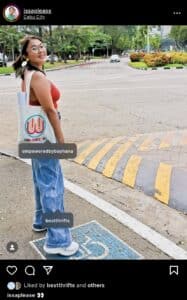
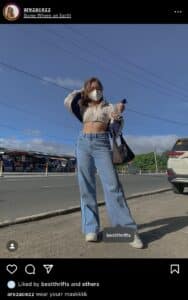
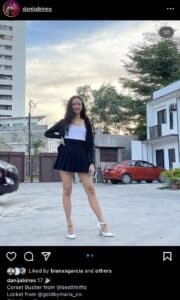
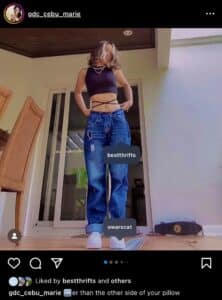
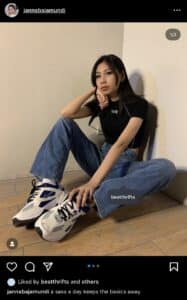
Features:
Sunstar Publishing Inc. has 1.7 million likes and 2.1 million followers on their Facebook page. Best Thrifts was featured on Sunstar three times. Note: None of these features were paid for, nor sponsored.
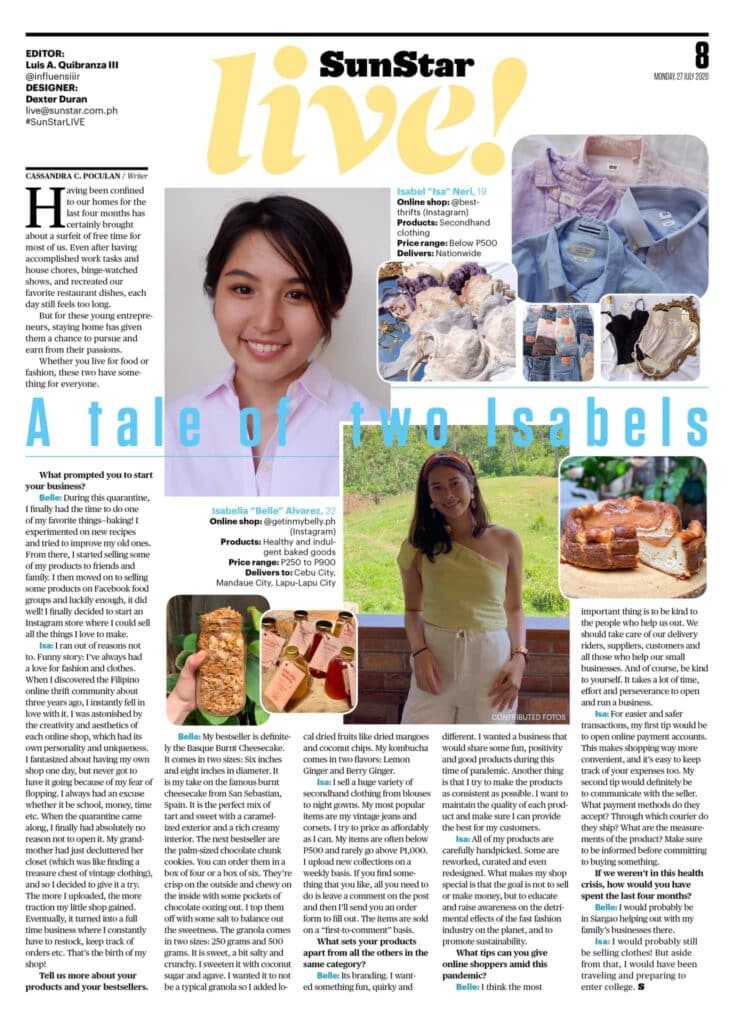
1. A Tale of Two Isabels – July 26, 2020
“HAVING been confined to our homes for the last four months has certainly brought about a surfeit of free time for most of us. Even after having accomplished work tasks and house chores, binge-watched shows, and recreated our favorite restaurant dishes, each day still feels too long. But for these young entrepreneurs, staying home has given them a chance to pursue and earn from their passions. Whether you live for food or fashion, these two have something for everyone.”
Click here to read the full article.
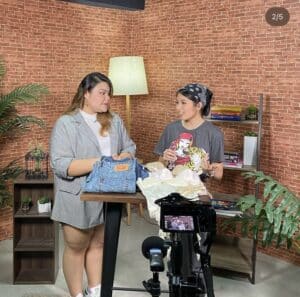
Beyond the ongoing health crisis that mankind has faced this year, the environment itself is experiencing its own kind of “health crisis”. In a world fueled by the culture of consumerism and fast fashion, it is no surprise to find out that a large amount of waste is produced by textiles and pieces that were thrown away for being “out of style”.
Click here to read the full article.
3. Sunstar Tonight – January 28, 2021
“Being fashionable does not need to be expensive. This local online business, born at the start of the quarantine, has been generating buzz for its quality secondhand clothing.” Best Thrifts’ part comes out at 8:20 in the video.
Additional Supporting Documents
1. Case Study on Best Thrifts – Click here
2. Proof of Collaboration between Best Thrifts and Sewfit Upcycling & Alterations

References:
Boggio, A. (2019). Ethical fashion and consumer behavior. In Handbook of Research on Consumerism in Business and Marketing: Concepts and Practices (pp. 309-332). IGI Global.
Circular Fibres Initiative. (2017). A new textiles economy: Redesigning fashion’s future. Retrieved from https://www.ellenmacarthurfoundation.org/publications/a-new-textiles-economy-redesigning-fashions-future
Ellen MacArthur Foundation. (2017). A new textiles economy: Redesigning fashion’s future. Retrieved from https://www.ellenmacarthurfoundation.org/publications/a-new-textiles-economy-redesigning-fashions-future
Humphries, C. (2021, January 26). The fashion industry emits more carbon than international flights and maritime shipping combined. Vogue Business. Retrieved from https://www.voguebusiness.com/sustainability/fashion-environment-carbon-impact-stats-emissions
Circular Fibres Initiative. (2017). A new textiles economy: Redesigning fashion’s future. Retrieved from https://www.ellenmacarthurfoundation.org/publications/a-new-textiles-economy-redesigning-fashions-future
Department of Environment and Natural Resources. (2020). National solid waste management commission. Retrieved from https://nswmc.emb.gov.ph/
Ellen MacArthur Foundation. (2017). A new textiles economy: Redesigning fashion’s future. Retrieved from https://www.ellenmacarthurfoundation.org/publications/a-new-textiles-economy-redesigning-fashions-future
Humphries, C. (2021, January 26). The fashion industry emits more carbon than international flights and maritime shipping combined. Vogue Business. Retrieved from https://www.voguebusiness.com/sustainability/fashion-environment-carbon-impact-stats-emissions

